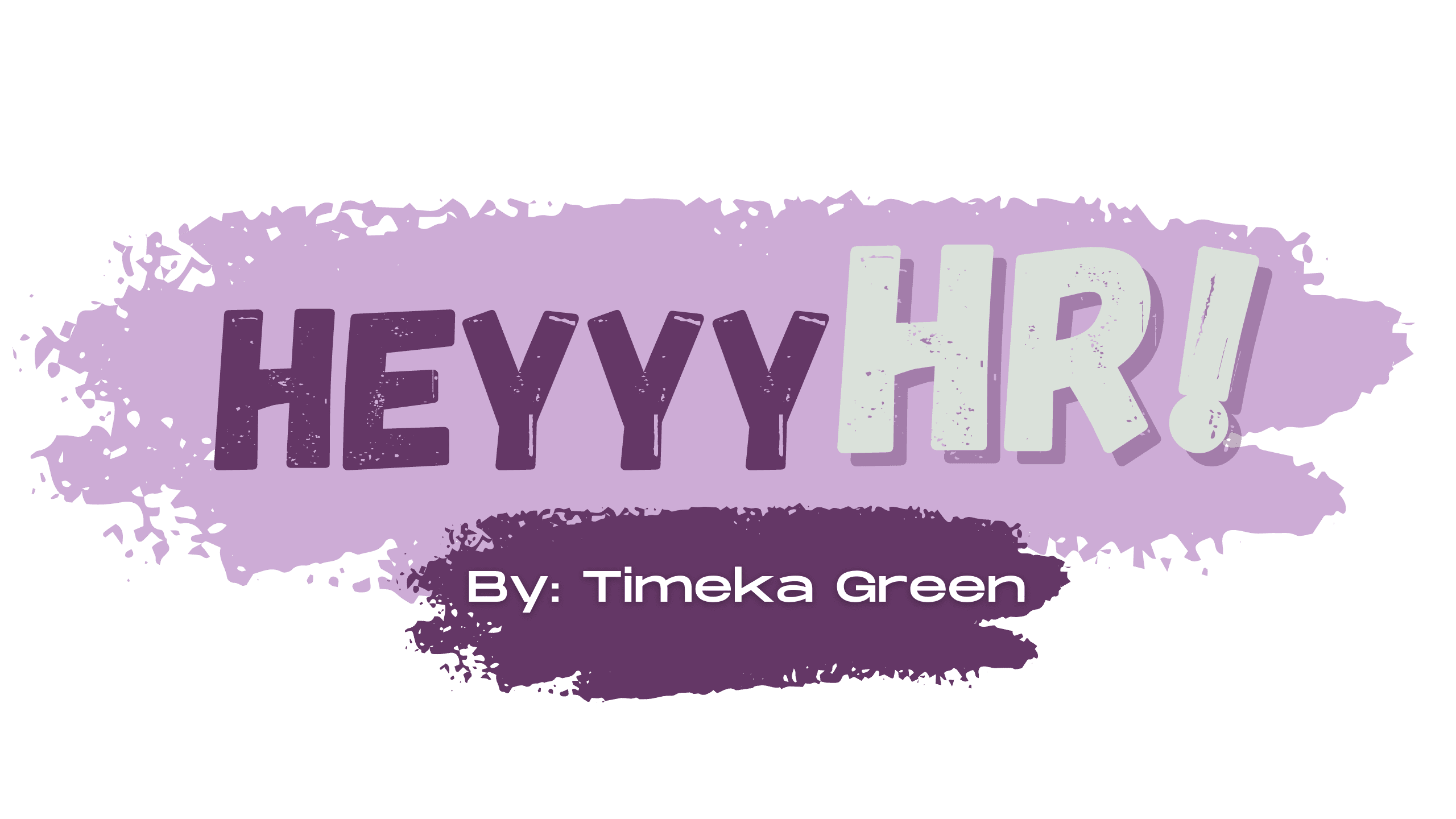Getting invited to job interviews gives a lot of hope. When a large company like Wells Fargo invites you to job interviews, you get a rush of positive emotions. Wells Fargo conducted job interviews with over 30,000 candidates to create data for regulatory audits. After whistleblowers stopped conducting interviews, they were retaliated against by Wells Fargo. This chain reaction caused a diversity lawsuit against the U.S. national bank, Wells Fargo.
Diversity lawsuits have gained significant attention in recent years as companies face challenges over their diversity, equity, and inclusion programs. These legal actions can reshape how businesses approach hiring and workplace culture, pushing them to reevaluate their commitment to diversity. As various lawsuits unfold, they highlight a growing tension between advocating for diversity and adhering to laws prohibiting discrimination.
Understanding the landscape of these lawsuits is crucial for both companies and employees. They not only influence corporate policies but also impact how diversity initiatives are perceived in the workplace. Significant cases serve as touchpoints for conversations about equality and representation in different industries, revealing both victories and challenges.
Context of Diversity Lawsuits
Diversity lawsuits arise from a complex interplay of historical events, legal standards, and various stakeholders. These elements shape the current landscape of corporate diversity efforts and the legal challenges they face.
Historical Overview
The concept of diversity in the workplace gained momentum during the civil rights movement in the 1960s. Legislation such as the Civil Rights Act of 1964 laid the groundwork for addressing discrimination based on race, color, religion, sex, or national origin.
In the ensuing decades, organizations began implementing affirmative action policies to promote equal opportunities.
However, these initiatives have faced criticism and legal challenges. Many argue that such policies can lead to reverse discrimination. Recent court rulings have further complicated this issue, spotlighting the delicate balance between promoting diversity and maintaining meritocracy.

Legal Framework
The legal framework surrounding diversity lawsuits is shaped by various federal and state laws. The most significant is Title VII of the Civil Rights Act, which prohibits employment discrimination.
Additionally, affirmative action programs are often evaluated under strict scrutiny to ensure they are necessary and properly structured.
Recently, cases like those against the Fearless Fund challenged specific diversity funding initiatives. These lawsuits test the boundaries of legal protections for diversity and inclusion practices, creating a significant precedent for future cases.
Key Stakeholders
Key stakeholders in diversity lawsuits include corporations, employees, advocacy groups, and legal entities. Corporations implement diversity initiatives to foster inclusion and compliance with laws. Employees, particularly those from marginalized groups, may benefit from these programs but can also feel disadvantaged if they perceive unfair treatment.
Advocacy groups often support diversity efforts while pushing back against policies they see as discriminatory. Legal entities provide the framework within which these disputes unfold, affecting how laws are interpreted and applied.
Major Diversity Lawsuit Case Studies
Diversity lawsuits have become increasingly significant in various sectors. This section discusses notable cases within Silicon Valley tech companies, the financial sector, and higher education, highlighting critical incidents and outcomes that shaped diversity practices.
Silicon Valley Tech Companies
Several tech giants have faced lawsuits over their diversity policies. One prominent case involved Google, which was sued for allegedly discriminating against women in hiring and promotions. In this case, a group of female employees claimed that their male counterparts were favored for higher-paying jobs.
Another case was against Facebook, where employees accused the company of promoting a culture that marginalized minority voices. These companies are again reassessing diversity initiatives, aiming to create fairer workplaces while addressing the public’s concerns over equality.
Financial Sector Litigations
The financial sector has also seen its share of diversity lawsuits, particularly involving Wells Fargo. In one significant case, the company faced allegations of gender and race discrimination in hiring practices. Female employees reported feeling undervalued and marginalized compared to their male colleagues. Beyond hiring practices, they have had a class-action lawsuit where minority employees were assigned to bank locations in underserved communities where sales are significantly less but were required to achieve the same sales targets as those assigned to banks in more lucrative banking locations.
Similarly, Goldman Sachs was scrutinized for its hiring practices favoring male candidates. These lawsuits highlighted the ongoing struggle within the financial sector to achieve true diversity and inclusiveness, prompting firms to reevaluate and reform their hiring standards.
Higher Education Disputes
Diversity lawsuits in higher education often center around admissions policies. A notable example is the ongoing legal battle faced by Harvard University, which has been accused of discriminating against Asian applicants. Critics argue that the admissions process unfairly disadvantages certain racial groups and rates Asian-American students on lower personality traits.
Yale University has also faced similar allegations regarding its affirmative action policies. These cases have sparked national debates on race, equity, and inclusion in college admissions, leading many institutions to assess their current practices and policies rigorously.
Impact on Corporate Policies
The ongoing legal challenges surrounding diversity initiatives are prompting significant shifts in corporate policies. Companies are reevaluating their hiring practices, inclusion training programs, and overall governance structures. These adjustments aim to balance legal compliance while maintaining a commitment to diversity and equity.

Changes in Hiring Practices
Many organizations are reassessing their hiring practices in light of recent legal decisions. Some firms are moving away from quotas or specific diversity targets to avoid potential lawsuits. Instead, companies are focusing on broadening their recruitment efforts. They may or have seek to attract a diverse pool of candidates through partnerships with community organizations or educational institutions.
With 12 years of Human Resources experience which includes in-depth recruiting and talent acquisition, I have tested and seen results by using AI in recruiting, sourcing (looking for talent or looking at resume) differently and with using not only the popular job boards (i.e. Indeed, LinkedIn Jobs, ZipRecruiter, etc.) but also with community job boards, Facebook groups, LinkedIn Groups and colleges/university job boards.
Those resources have helped me to create very diverse candidate pools and hire a mix of talented professionals while not feeling the burden of focusing on diversity-related audits and regulations, but still accomplishing the goals that they require.
Key approaches include:
- Wider outreach: Job postings are being shared in diverse communities and platforms.
- Blind recruitment: This technique helps to minimize bias in the early stages of hiring.
- Diverse interview panels: Having various team members and leaders involved in interviews can provide different perspectives.
These changes help firms to recruit talent while navigating the complexities of new legal realities.
Inclusion Training Programs
Inclusion training programs are undergoing scrutiny as companies evaluate their effectiveness. With increased legal pressure, firms are adapting these initiatives to focus on sensitivity and awareness rather than mandated compliance.
Training sessions are shifting towards:
- Practical exercises: Workshops that promote understanding through real-world scenarios can foster empathy.
- Continuous learning: Organizations are encouraging ongoing education rather than one-time training events.
Employees are being engaged in conversation about the importance of diversity without creating a divisive atmosphere. This more balanced approach aims to cultivate an inclusive workplace culture while remaining legally compliant.
Revised Corporate Governance
Revisions in corporate governance are also a priority as organizations adapt to legal challenges. Companies are enhancing their governance policies to ensure compliance without compromising on diversity goals.
Key revisions include:
- Employee Resource Groups (ERGs): These groups are established to monitor diversity initiatives.
- Regular audits: Conducting reviews of diversity practices helps identify areas for improvement.
- Updated policies: Clear documentation of diversity-related policies aids transparency and accountability.
- Annual diversity reports: Comprehensive reports showing the progress or lack thereof, initiatives and results.
These changes aim to align corporate governance with evolving legal standards. Firms are striving to maintain their commitment to diversity while also safeguarding against potential legal repercussions.
Future Outlook
The future of diversity lawsuits will likely be shaped by evolving legislative measures and corporate responses. These factors will directly influence how companies approach diversity initiatives and handle legal challenges related to discrimination. It has been a constant topic in presidential elections for quite some time.
Legislative Trends
Recent court rulings signal a shifting landscape for diversity-related laws. For instance, a federal appeals court deemed a Florida law that limits discussions on race and diversity unconstitutional. This decision may inspire more challenges to similar legislative measures across the country.
Additionally, proposals for new laws are emerging, aimed at defining the legal boundaries of diversity programs. Companies need to stay informed about these trends to ensure compliance while advancing their diversity goals. Legislative changes are expected to affect funding for diversity initiatives, with legal and societal pressures in play.
Predictions for Corporate Diversity
Corporations may adopt more inclusive policies as they respond to legal outcomes. Companies might increase their focus on diverse hiring practices while remaining cautious about potential lawsuits. The rise in “reverse discrimination” lawsuits indicates companies may need to strike a balance between diversity goals and compliance with anti-discrimination laws.
Some organizations may initiate proactive measures, like training programs that promote inclusivity without excluding other demographics. Companies that prioritize transparent diversity efforts could enhance their reputation and mitigate legal risks. The focus on accountability will likely reshape how corporate diversity is perceived and implemented.
Key Takeaways
- Diversity lawsuits are reshaping how companies implement inclusion strategies.
- Major cases highlight the complexities surrounding diversity initiatives.
- The future of corporate policies may depend on the outcomes of these lawsuits.
Frequently Asked Questions (FAQs)
This section addresses common inquiries related to diversity lawsuits. It provides insights into typical grounds for legal action, the impacts on corporate policies, and the legal framework surrounding such cases.
What are the common grounds for a DEI lawsuit in corporate settings?
Diversity, Equity, and Inclusion (DEI) lawsuits often arise from claims of unequal treatment based on race, gender, or other protected characteristics. Discrimination in hiring, promotions, or compensation can lead to legal action. Companies may face lawsuits if they fail to create a fair and inclusive working environment.
How have recent diversity lawsuits affected corporate diversity and inclusion policies?
Recent diversity lawsuits have prompted many companies to reevaluate their DEI policies. Organizations often implement training sessions or policy changes to enhance their commitment to diversity. This shift aims to reduce the risk of future lawsuits and improve workplace culture.
What legal considerations are involved in a reverse discrimination lawsuit?
Reverse discrimination lawsuits involve claims that an individual faced discrimination due to affirmative action or diversity initiatives. Legal considerations include the evaluation of whether the policies favor certain groups unfairly. Courts assess if such practices violate equal protection laws.
What steps do companies take to defend against accusations in diversity-related lawsuits?
To defend against diversity-related lawsuits, companies often conduct internal investigations, strategize in recruitment efforts, create and offer professional development for their employees, annual report to federal agencies (including EEOC), and survey their employees to discover new ways to be more inclusive. Legal teams also prepare defenses by gathering evidence of compliance with anti-discrimination laws.
How is racial discrimination assessed and measured in a legal context?
In a legal context, racial discrimination is assessed using statistical analysis, annual reports, and witness testimonies. Courts examine patterns of behavior that indicate bias. Comparisons between the treatment of different racial groups are often crucial to proving claims of discrimination.
Can individuals seek restitution, and if so, what compensation is typically awarded in racial discrimination lawsuits?
Individuals who win racial discrimination lawsuits may seek restitution. Compensation often includes back pay, reinstatement, and damages for emotional distress. The court may also award punitive damages to discourage future violations, depending on the severity of the case.
You may also like…
- Microsoft Layoff Its D.E.I Team in 2024
- What is sourcing in recruiting?
- How recruiters use ARTIFICIAL INTELLIGENCE to HIRE YOU!
- At Wells Fargo, a Quest to Increase Diversity Leads to Fake Job Interviews
- Wells Fargo to Face Securities Suit Over Sham Job Interviews
- Black Millionaires Instagram Post
- Department of Justice – Settlements and Lawsuits




 Subscribe to my channel
Subscribe to my channel